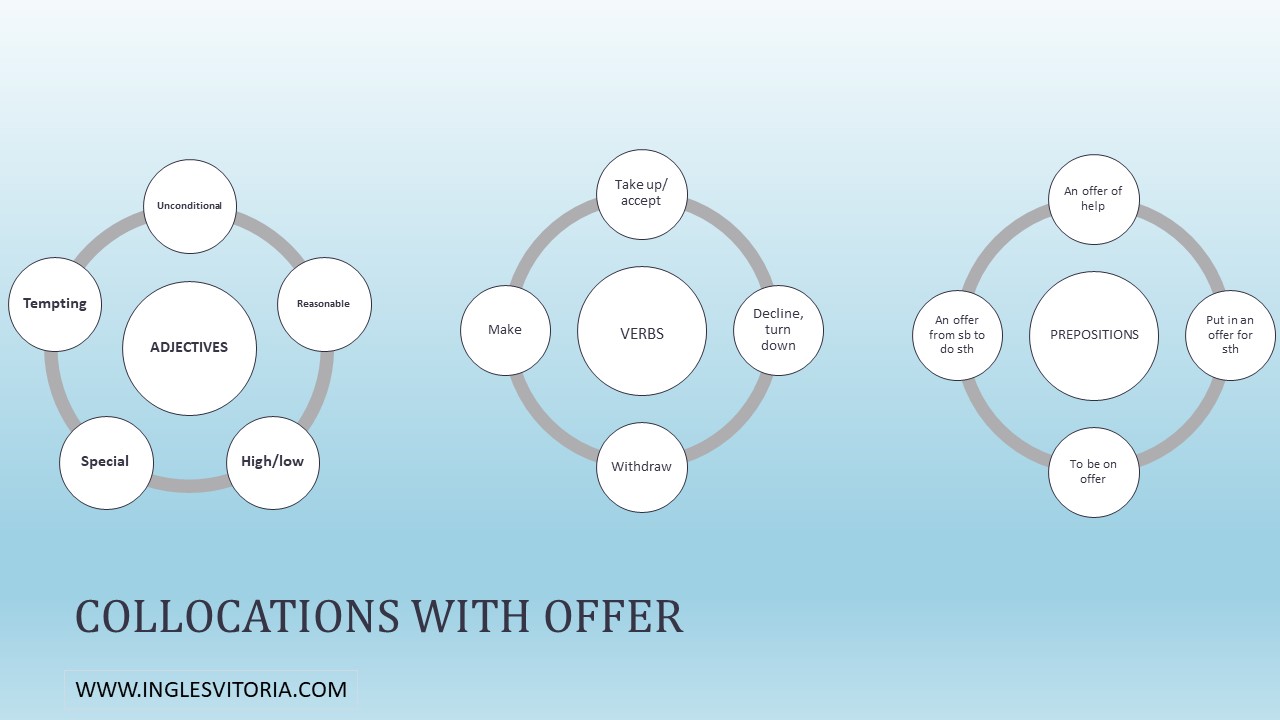CREATE VISUALS AND LEARN IN THE PROCESS.
 There are multiple ways of recording vocabulary, but the tendency to create “English word + translation” lists prevails. Finding an alternative makes vocabulary recording more entertaining and helps you learn since you are more involved in the process.
There are multiple ways of recording vocabulary, but the tendency to create “English word + translation” lists prevails. Finding an alternative makes vocabulary recording more entertaining and helps you learn since you are more involved in the process.
Going back to the idea of “collecting words”, you are more likely to remember a new item for your collection when you have devoted some attention to it. Where does it belong? How should I record it? To what extent is this useful for me?
Let’s consider recording vocabulary as a two-way procedure.
What I mean is, you can first record your words in a list, while you are studying or in class, as a sort of draft. Secondly, you could rewrite those words into a more definite, elaborate system. It may take more time but it will eventually pay off.
In today’s post, I will give a few general tips. Some are followed by a “go the extra mile” additional note for those of you who can devote more time to this task:
1. GENERAL ENGLISH
When the word you are learning is unambiguous, there is no need to rack your brains. Just make sure the spelling is right and add the phonetic transcription if you don’t know how to pronounce it.
![]() Go the extra mile
Go the extra mile
You can also add a definition and an example from the dictionary or the text where you found it. This will make it more memorable and if done systematically, it will improve your English and make it more accurate.
Example
Tablecloth /teɪb(ə)lklɒθ/ n
a cloth spread over a table “She spread a checked tablecloth over the table”
(Now, you also know it collocates with the verb spread over and the adjective checked.)
2. PHRASAL VERBS
Saying that some students are put off by phrasal verbs is an understatement but the truth is that whether you like it or not, phrasal verbs are in the DNA of the language so we’d better learn ways to get around that initial dislike or fear of the difficulty they entail.
Why not dealing with them on a case-by-case basis?
Let’s say you come across the phrasal verb “do up”. I could simply write:
do up = atar. But that is not telling me how to use it; in other words, the grammar around it.
Why not look it up in a dictionary (Cambridge in this case) and add some more details?:
There! Now, there is grammar, I know it is transitive and separable and there is a context, which makes it easier to memorise and use.
Do yourself a favour: learn phrasal verbs in context. They will soon grow on you. Then, hopefully, there will be no stopping you.
![]() Go the extra mile
Go the extra mile
If you have the time you could add some additional meanings for it.
do (sth) up
to repair or decorate a building so that it looks attractive: I’d like to buy a run-down house and do it up.
3. COLLOCATIONS
As you know, in a language some words naturally combine well together. Learning these patterns is instrumental for your day-to-day English and pivotal in a high-level exam. Integrating them into your notebook will make your life easier in the long run.
But, how to record them?
I like to use spider graphs or any other sort of visuals.
I know, it takes time but this will help you learn them better so it is a good investment of your time.

4. IDIOMS AND PROVERBS
Context! Do I sound like a broken record? Pretty much so but, what can I do? That’s the way it works
Let’s draw our attention to a particular idiom “Call it a day”.
Now, if you want to learn this idiom efficiently, you need to be able to use it. So the first question you may ask yourself is “when” can I use it? At the end of a working day or a task that has required some effort. A bit like: “That’s it, we are done for the day”.
The next question is “how”. It is frequently preceded by “Let’s”
CALL IT A DAY:
To stop working for the day
“Look at the time, it’s eight o’clock. Let’s call it a day!
![]() Go the extra mile
Go the extra mile
If the idiom in question has aroused your curiosity, you can look it up and add some more details.
· Also preceded by “It’s time to”
· Also used when you do not want to do any more or think you have done enough: “After 14 years living and working in this country, she thinks it’s time to call it a day.”
Other thoughts
In our eagerness to learn, we may overdo it by trying to learn every word we come across. As I mentioned before, learning to let go of unnecessary vocabulary is a valuable skill. Get clear on your goals.
Note: Only go the extra mile if you are hungry for knowledge. If this is going to overwhelm you, keep it simple. As the saying goes, LESS IS MORE. Better to learn the basics thoroughly than to bite off more than you can chew and create a mess in your head.
As time goes by and your level goes up, you can reassess your notebooks from previous courses by highlighting/rewriting what has still not been consolidated and discarding the rest.
Make it visually appealing
o Use colours
o Get yourself a nice notebook
o Use clear handwriting
o Give yourself space. A crammed notebook is not exactly inviting.
· Thanks for reading! 